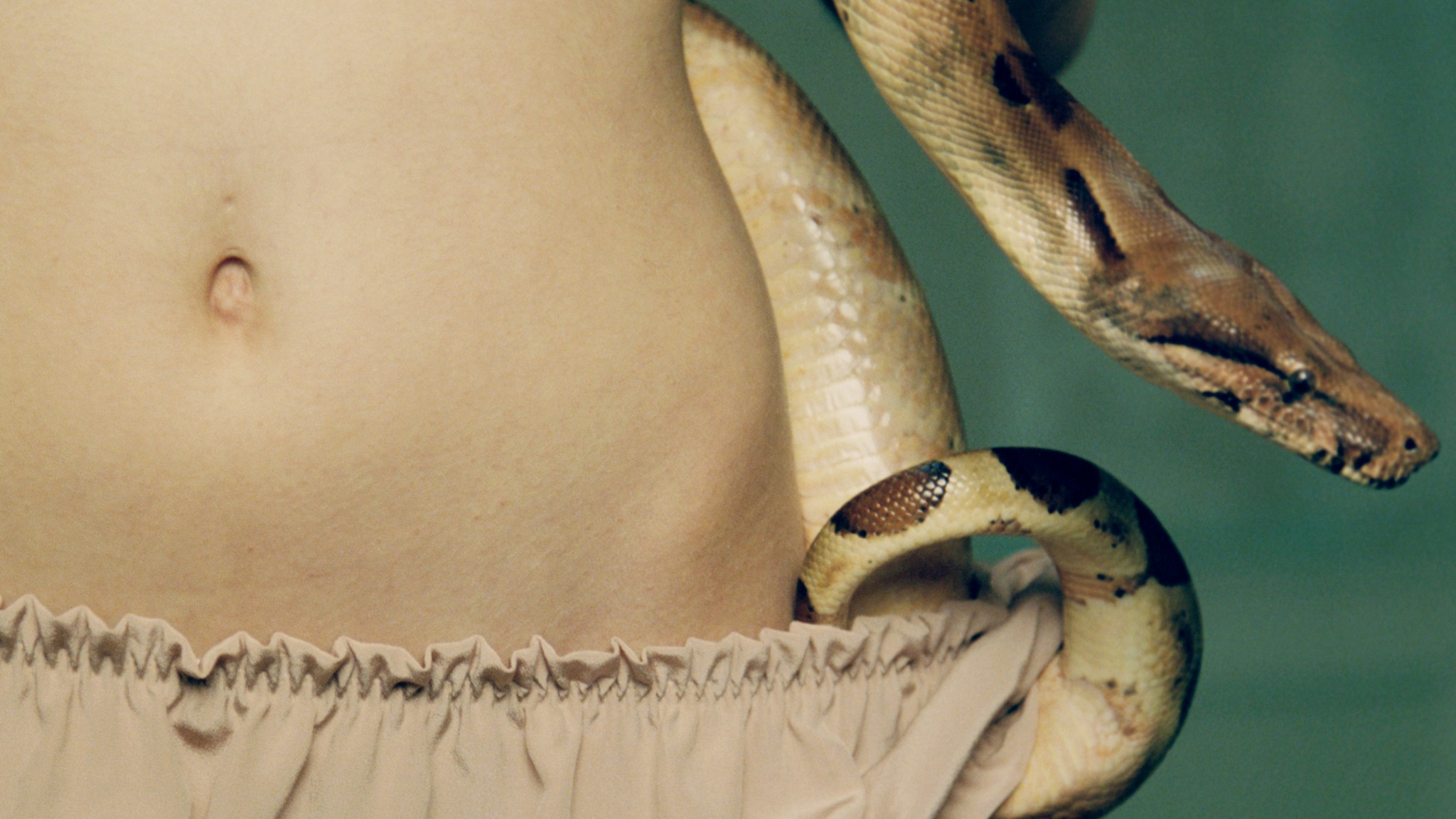In her 1975 essay “Visual Pleasure and Narrative Cinema,” British film theorist Laura Mulvey used the phrase “male gaze” to characterize the way Hollywood cinema reflects and reinforces the perspective of patriarchal desire. The phrase caught on within academia and eventually spilled over into the mainstream, where it was sometimes used to illuminate important concepts and experiences, but more often used sloppily to obscure them. In The Nation, Alina Cohen examines the emergence and popularity of the corresponding phrase “female gaze,” which has been used in the titles of recent newspapers articles and art exhibitions. She finds that the term is largely employed in a reductive fashion, and suggests that the very notion of a simple and symmetrical female equivalent of the “male gaze” only reinforces patriarchal power. Here’s an excerpt from the piece:
Despite its growing ubiquity in popular culture, the term “female gaze” doesn’t have a definitive meaning. A Los Angeles Times headline recently declared: “From ‘The Handmaid’s Tale’ to ‘I Love Dick,’ the female gaze is thriving on television.” The article, by Meredith Blake, noted how shows as wide-ranging as Jane the Virgin, Crazy Ex-Girlfriend, and Outlander convey nuanced female perspectives. Television critic Emily Nussbaum criticized the term recently, describing it as “the notion that the camera lens, which has been trained to ogle and dominate, can change, in female hands, launching a radical new aesthetic.” Nussbaum condemned the phrase’s “essentialist hint that women share one eye: a vision that is circular, mucky, menstrual, intimate, wise.” Most likely because “male gaze” was first used within the realm of cinema, these attempts to reckon with the “female gaze” are similarly confined, which is inconsistent with the more expansive way that the term is often used.
In 2009 and again in 2016, the New York art gallery Cheim & Read hosted an exhibition titled “The Female Gaze,” which included sculptures, paintings, and collages. While the makers (all female) focused their work on women in the first exhibition and men in the second, many employed tools beyond the camera. Under these circumstances, the “female gaze” has in many ways become simple, and simplifying, shorthand to describe work by women that focuses on human subjects (and even, based on the Cheim & Read shows, corporeal abstractions). This makes the term even more reductive than in Nussbaum’s critique, and it segregates art made by women instead of taking it as seriously and judging it by the same standards as work made by men.
Image: Detail of promotional poster for the exhibition “NSFW: Female Gaze,” Museum of Sex, June 21–September 24, 2017.
